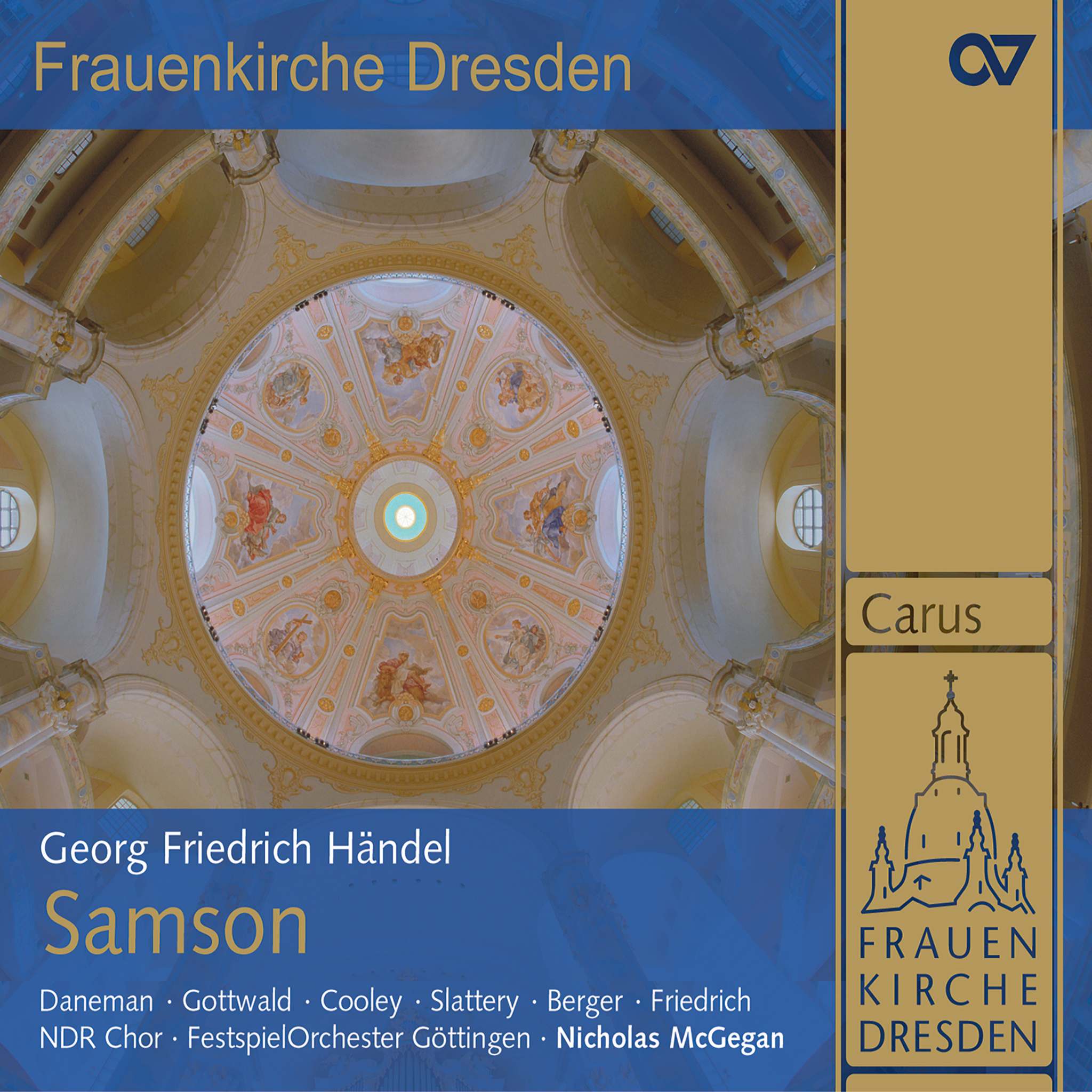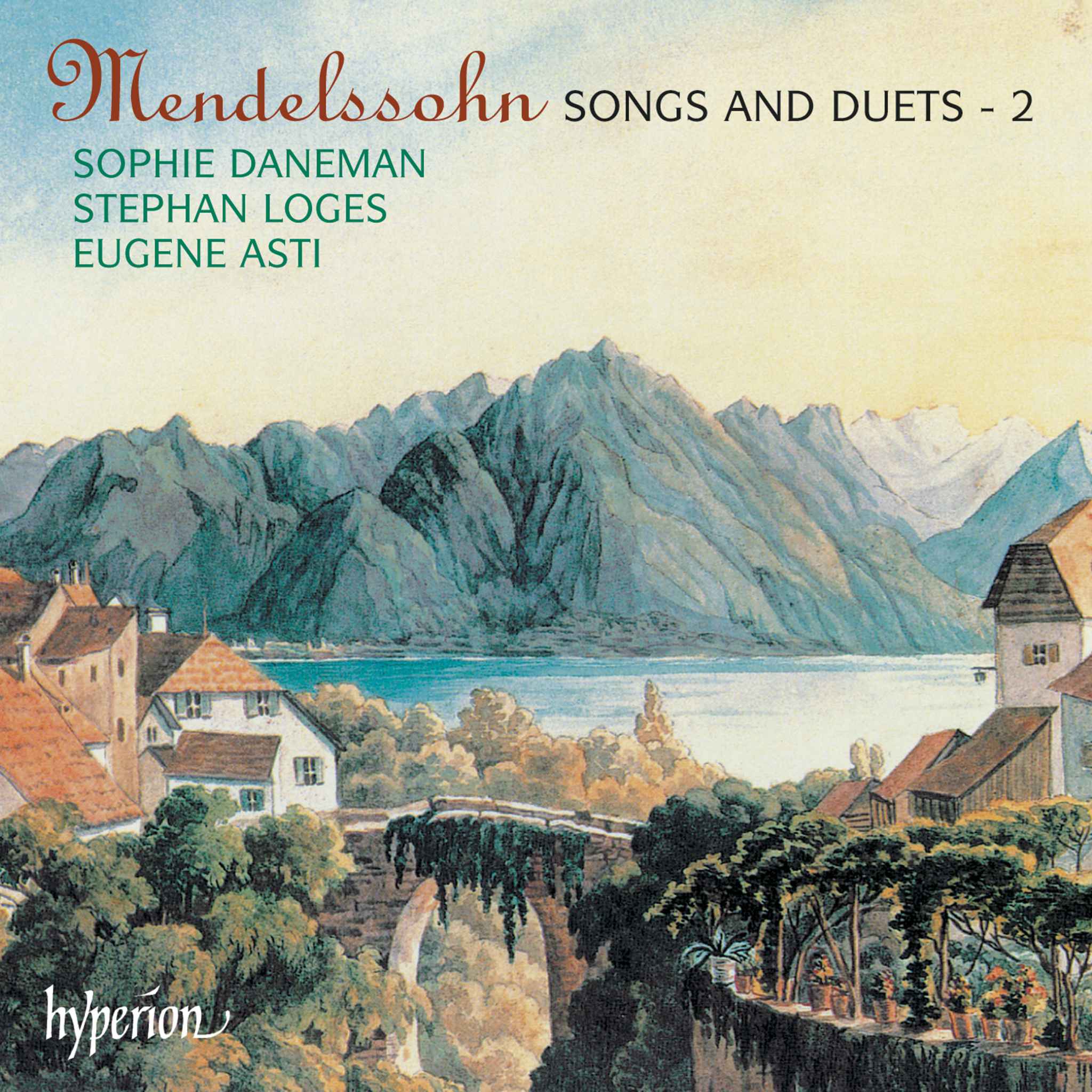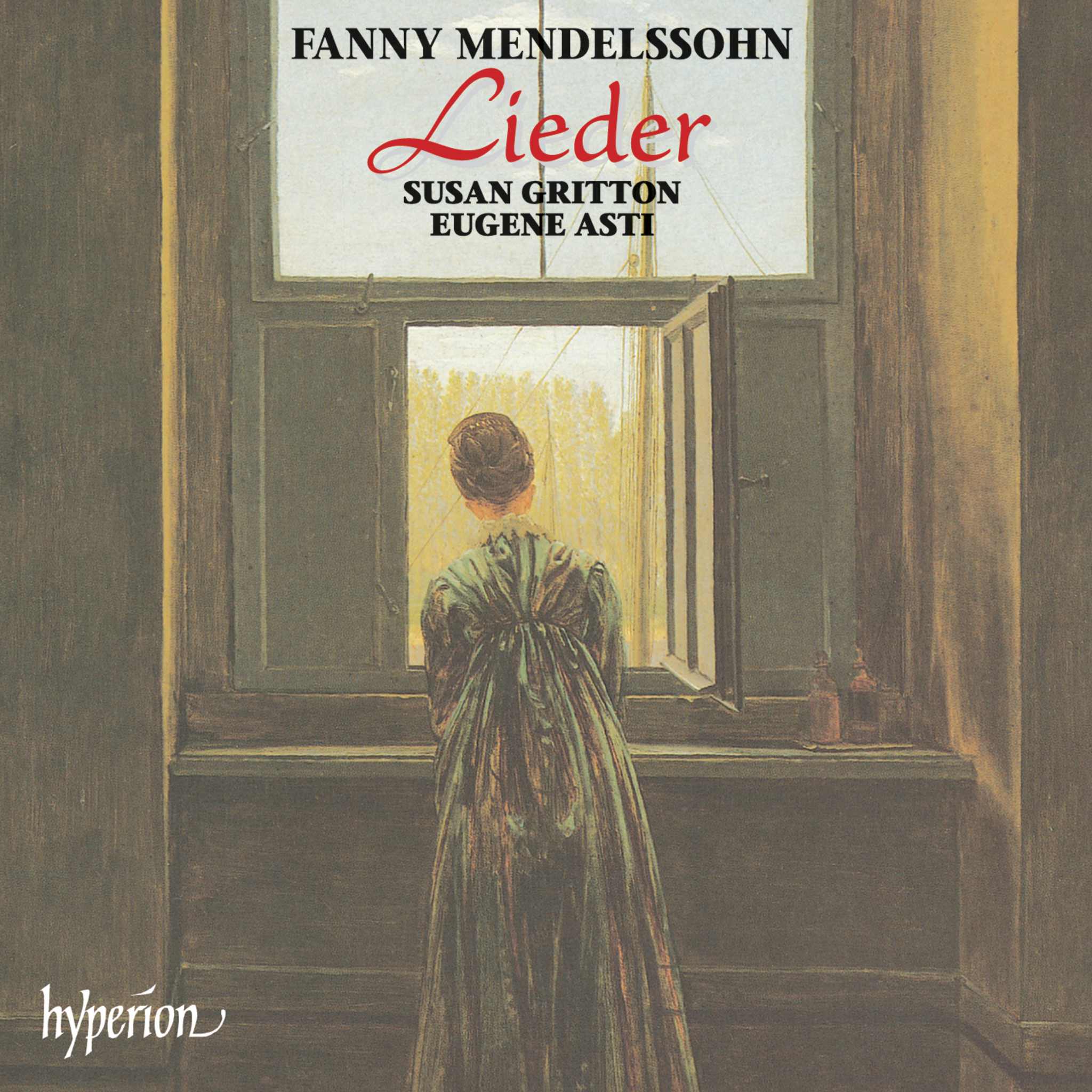Album insights
Born around 1551 in Ávila, Sebastián de Vivanco started his musical journey as a choirboy at the Cathedral. His brief association with Tomás Luis de Victoria under Bernardino de Ribera and later Juan Navarro marked his early musical progress. Little was known about Vivanco's life until he assumed the post of chapel master at Lleida Cathedral. After leaving Lleida, he returned to Castile, eventually becoming a maestro de capilla in Segovia and later Ávila. Despite considering a position in Seville, he settled back in his hometown. In 1602, he took on the prestigious role of chapel master at Salamanca Cathedral, reaching the pinnacle of his career. Vivanco's compositions were soon published by the rare Spanish printmaker and publisher, Artus Taberniel.
In 1608, Taberniel released Vivanco's collection of ten Mass ordinaries, Liber Missarum, showcasing various vocal settings. The Mass Assumpsit Jesus, depicting Christ's Transfiguration, was based on Vivanco's earlier motet. His complex canonic works, like Osanna II and Crucifixus, showcased intricate vocal interplay and melodic depth. Vivanco's repertoire also included penitential motets, lamentations, and compositions dedicated to the Virgin Mary, reflecting his versatility and creative flair.
Vivanco's Marian motets, inspired by the Song of Solomon, are characterized by vibrant polyphonic textures and alternating choral responses. Through Surge, propera, amica mea and Assumpta est Maria, he skillfully intertwines vocal lines, creating a rich tapestry of harmonies and rhythmic nuances. The composer's uplifting interpretations of biblical texts celebrate the profound bond between Christ and the Church, incorporating elements of joy and reverence.
The recording culminates with Vivanco's Magnificat compositions, including the intricate structures found in Liber Magnificarum. Vivanco's innovative use of canons and contrapuntal techniques in Magnificat primi toni adds a layer of complexity to his musical legacy. These elaborate polyphonic settings, combining traditional plainsong with intricate vocal arrangements, exemplify Vivanco's mastery and ingenuity as a composer.










